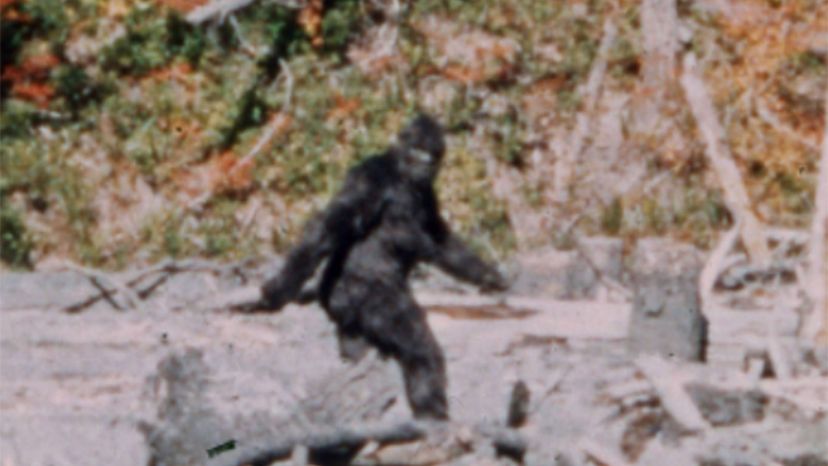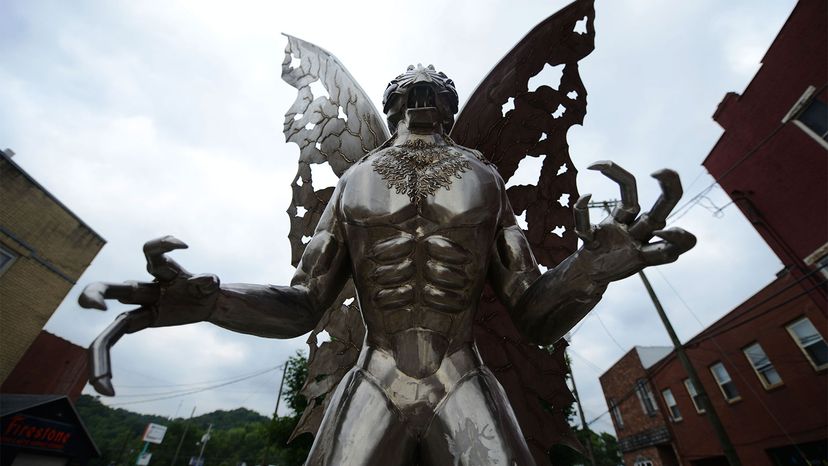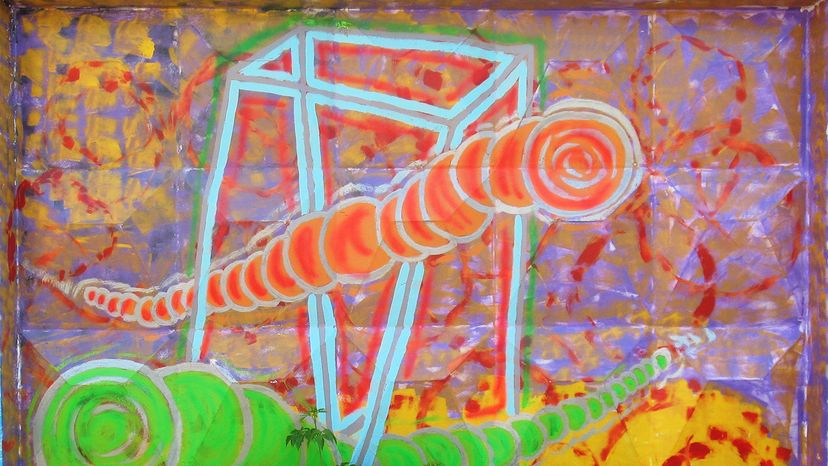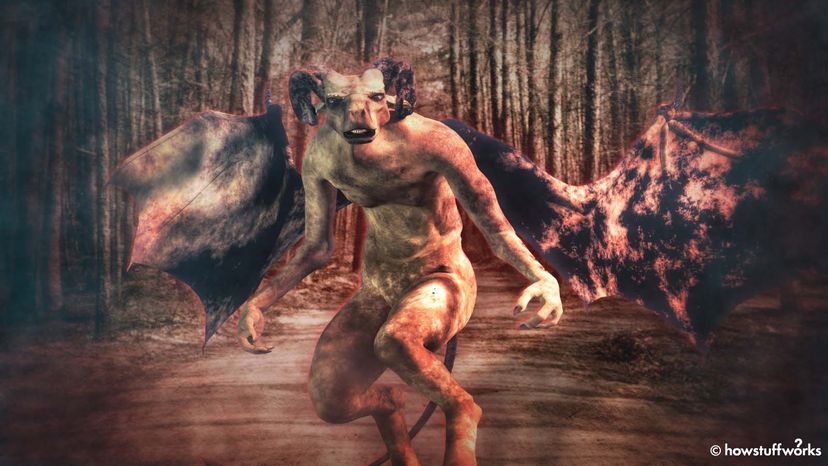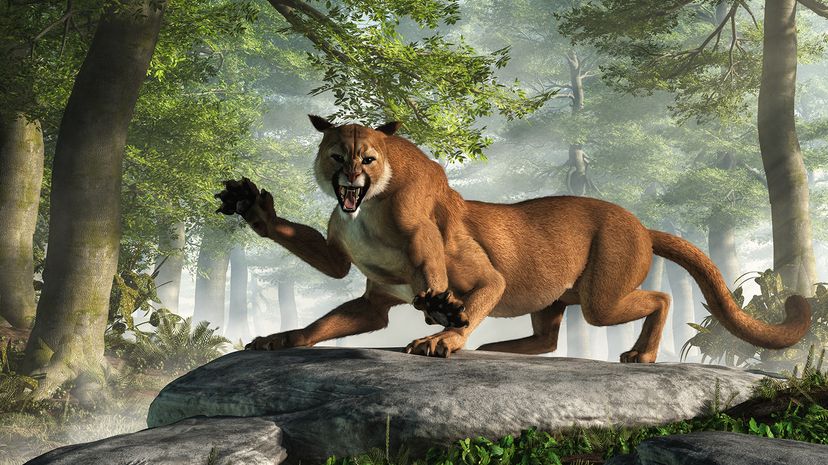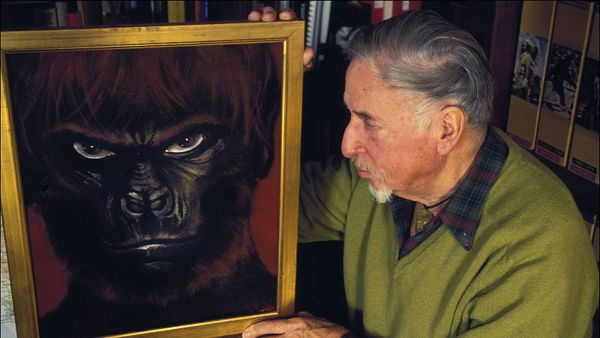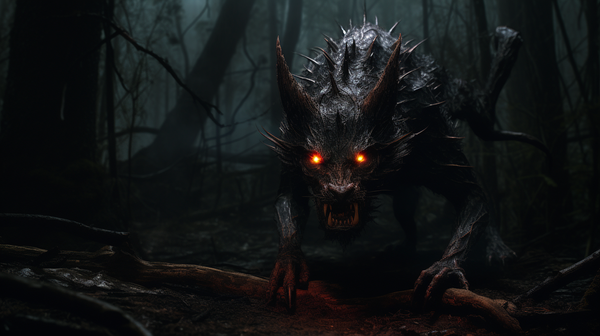
To use a simple definition, cryptids are animals whose existence is unproven.
Is there, for example, a winged beast with cloven hooves and the head of a goat stalking the New Jersey Pine Barrens? The answer is almost certainly "no."
Advertisement
Reported sightings of this so-called "Jersey Devil" go way back. It's said that Joseph Bonaparte, Napoleon's brother, encountered the thing sometime in the 19th century. Yet no corpse or live specimen has ever been documented by the scientific community.
That matters.
Take it from skeptic Michael Shermer, who wrote the following breakdown in his foreword to "Abominable Science: Origins of the Yeti, Nessie and Other Famous Cryptids" by Daniel Loxton and Donald R. Prothero:
How then should we deal with cryptid claims and anecdotes? Shermer writes that "until a body is produced, skepticism is the appropriate response." Still, whether you believe in any of these unverified creatures or not, nobody can deny their cultural significance.
Some cryptids are economic powerhouses, drawing tourists to places that might otherwise get overlooked. Cryptids have also been immortalized by soap brands, Minor League Baseball teams and low-budget Disney movies. Heck, at least one of them prompted an official memo from the U.S. Embassy in Nepal.
From Mongolian Deathworms to Mokele-Mbembe, here are 12 cryptids that have garnered celebrity status.
Advertisement
